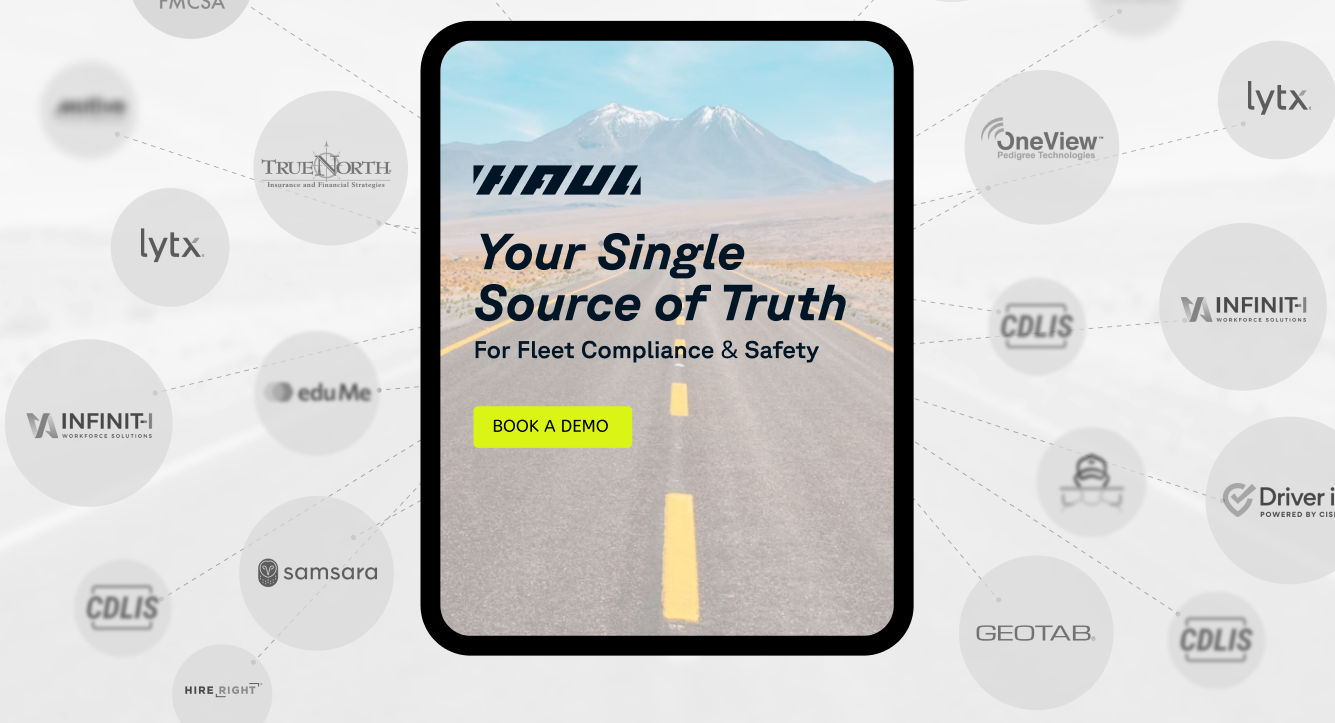Understanding the DOT Passenger Rule Changes

Navigating the world of fleet management and logistics can often feel like steering through a dense fog. The recent changes to the Department of Transportation (DOT) passenger rules have added another layer of complexity. In this article, we'll delve into the DOT passenger rule changes, explore their implications for fleet managers, logistics directors, and risk management officers, and offer practical strategies for adapting to these new requirements.
Overview of the DOT Passenger Rule Changes
The DOT passenger rule changes represent a significant update to the existing regulatory framework governing passenger transport. These changes aim to enhance safety, improve operational efficiency, and ensure greater accountability within the industry. The Federal Motor Carrier Safety Administration (FMCSA), a division of the DOT, is responsible for implementing and enforcing these rules.
Key Modifications in the Passenger FMCSA Requirements
The updated passenger FMCSA requirements introduce several key modifications that fleet managers and logistics directors must be aware of:
- Increased Safety Protocols: The new rules emphasize stricter safety protocols, including enhanced driver qualification standards and more rigorous vehicle inspection procedures.
- Insurance and Regulation in Passenger Transport: The changes also impact insurance requirements, mandating higher coverage limits to protect passengers and operators in the event of accidents or incidents.
- Data Integration and Real-Time Insights: The regulations encourage the integration of data from various sources to provide real-time insights and alerts, helping operators make informed decisions and optimize their operations.
The Implications for Fleet Managers

by Glenn Carstens-Peters (https://unsplash.com/@glenncarstenspeters)
Fleet managers are at the forefront of implementing the DOT passenger rule changes. Understanding the implications of these changes is crucial for maintaining compliance and ensuring the safety of passengers and operators.
Navigating Compliance and Safety
Compliance with the new DOT passenger rules requires a thorough understanding of the updated safety protocols and insurance requirements. Fleet managers must ensure that all drivers meet the enhanced qualification standards, including background checks and training programs. Additionally, regular vehicle inspections and maintenance are essential to meet the new regulatory requirements.

Leveraging Technology for Operational Efficiency
The integration of data and technology plays a pivotal role in adapting to the DOT passenger rule changes. Fleet managers should invest in advanced fleet management systems that provide real-time insights and alerts. These systems can help monitor driver behavior, track vehicle performance, and identify potential risks, allowing for proactive measures to enhance safety and efficiency.
Strategies for Logistics Directors
Logistics directors face the challenge of developing innovative solutions to address the complexities of fleet management and logistics. The DOT passenger rule changes present an opportunity to enhance transparency and partnership within operations.
Implementing Innovative Solutions
To adapt to the new regulations, logistics directors should explore innovative solutions that streamline operations and improve efficiency. This may involve adopting telematics systems that provide real-time data on vehicle location, fuel consumption, and driver performance. By leveraging these insights, logistics directors can optimize routes, reduce fuel costs, and enhance overall operational efficiency.
Fostering Transparency and Partnership
The updated regulations emphasize the importance of transparency and partnership in passenger transport. Logistics directors should establish strong partnerships with insurance providers, regulatory agencies, and technology vendors to ensure compliance and mitigate risks. Open communication and collaboration with stakeholders can lead to more effective problem-solving and improved operational outcomes.
Understanding the Role of Risk Management Officers

by Startaê Team (https://unsplash.com/@startaeteam)
Risk management officers play a critical role in understanding and managing compliance, safety, and risk in commercial fleets. The DOT passenger rule changes require a comprehensive approach to risk assessment and mitigation.

Gaining a Deep Understanding of Compliance and Safety
Risk management officers must familiarize themselves with the intricacies of the updated regulations to effectively manage compliance and safety. This involves conducting thorough risk assessments, identifying potential hazards, and implementing strategies to mitigate risks. Regular training programs for drivers and staff are essential to ensure compliance with the new safety protocols.
Leveraging Technology to Enhance Operational Efficiency
Technology is a powerful tool for risk management officers in adapting to the DOT passenger rule changes. Advanced risk management software can help identify and analyze potential risks, track compliance metrics, and generate real-time reports. By leveraging technology, risk management officers can enhance operational efficiency, reduce incidents, and ensure the safety of passengers and operators.

Conclusion
The DOT passenger rule changes present both challenges and opportunities for fleet managers, logistics directors, and risk management officers. By understanding the key modifications in the passenger FMCSA requirements and implementing innovative strategies, professionals in the industry can navigate these changes effectively.
Leveraging technology, fostering transparency and partnership, and prioritizing safety and compliance are essential steps to ensuring operational efficiency and success in the evolving landscape of passenger transport. As we continue to adapt to these changes, our commitment to safety, innovation, and excellence remains unwavering, reflecting our dedication to providing the best possible service to our clients and the community.

by Anna Samoylova (https://unsplash.com/@hagalnaud)

